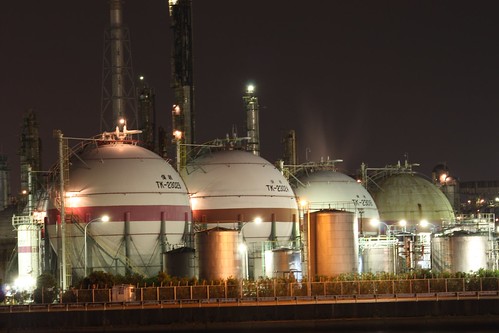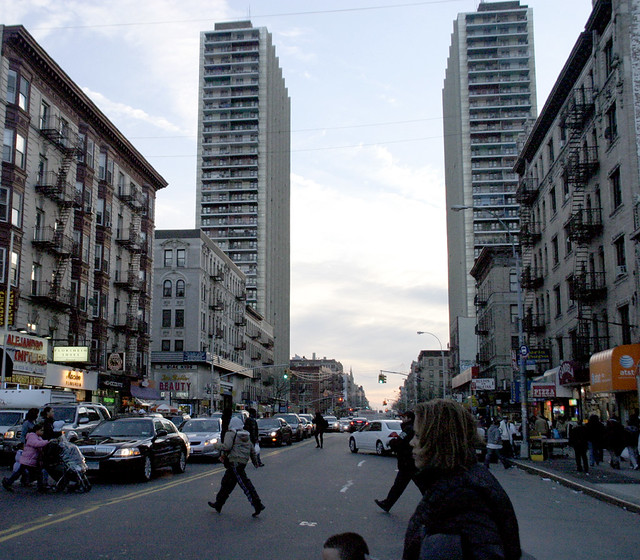Tea Party Pity Party
Here's an entertaining story in today's Portland Press Herald:
City officials most certainly do know what they want to have on our waterfront. They want successful marine-oriented businesses. They want a prosperous fishery. They want wharf buildings and businesses that take the fullest advantage of Portland's valuable deep-water harbor.
PORTLAND - Eric Cianchette plans to sell the Maine Wharf on the city's central waterfront, saying he's tired of trying to come up with a mixed-use development plan that Portland officials will approve.
"I remember my father telling me, 'You can't just go through life saying what you don't want. At some point, you have to tell people what you do want,"' Cianchette said, and city officials "really don't want anything."
Eric is wrong - just like he was wrong about the inflated real-estate value of the wharf when he was suckered into buying it in 2004.
City officials most certainly do know what they want to have on our waterfront. They want successful marine-oriented businesses. They want a prosperous fishery. They want wharf buildings and businesses that take the fullest advantage of Portland's valuable deep-water harbor.
These kinds of businesses aren't easy to grow. They're challenging. They demand smart entrepreneurs who can think creatively.
By his own self-pitying words in this article, I can come to only one conclusion: Eric Cianchette isn't one of those creative businesspeople.
He bought a wharf. He proposed a formulaic, played-out business model instead of doing something challenging and entrepreneurial. And then he got fleeced when the real estate bubble popped. And now - he's blaming City Hall for his problems?
Give.
Me.
A.
Break.
I'm not a hard-assed business guru, but if I were, I'd probably say that this guy needs to stop looking for sympathy, and start looking for success.
There's a lot in common between Eric Cianchette's super sad story and the whole Tea Party zeitgeist of economic frustration. They're all fond of blaming the government. But when I look at those guys, I see a whole lot of failures who are bitterly trying to pin their shortcomings on politicians, instead of owning up to the pathetic reality of their circumstances.
Take, for instance, T.P. Governor LePage's resigning PR flack, Dan Demeritt, a man who made hay by defending businesses against "government regulation," only to succumb to bigger businesses when banks foreclosed on a number of his rental properties earlier this month.
And the Tea Party isn't just failing in business: it's also failing in governance. Just like Eric Cianchette's luxury hotel, the Governor's proposals are going nowhere fast. And true to form, even though he's the Governor now, the government's chief executive, he is STILL blaming the government: "I went on vacation last week because I had nothing to do," the Governor said last week at a Chamber of Commerce speech reported by the Sun-Journal's Steve Mistler. "Because I'm waiting. I'm waiting for legislation. I cannot do anything until the Legislature acts."
These are your tax dollars at work: a vicious cycle of finger-pointing. Who needs leadership when you've got scapegoats?
These guys act as though they hate government. But they need the government more than anyone. If the government weren't there, whom could they blame for their failures? Nobody but themselves.
The bottom line is this: business in Maine can't thrive until losers like these guys get out of the way. But for the time being, at least Eric Cianchette is getting out of Portland's waterfront.



















